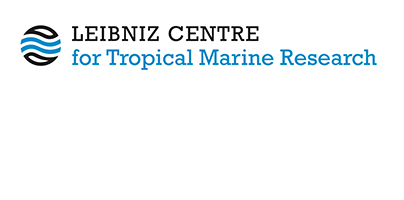Seascapes as drivers of herbivore assemblages in coral reef ecosystems.
Roff, G, Bejarano, S, Priest, M, Marshell, A, Chollett, I, Steneck, RS, Doropoulos, C, Golbuu, Y and Mumby, PJ (2018) Seascapes as drivers of herbivore assemblages in coral reef ecosystems. Ecological Monographs, 89 (1). e01336. DOI https://doi.org/10.1002/ecm.1336.
|
Text
2018 Roff et al_with supplement.pdf Restricted to Registered users only Download (13MB) |
Abstract
Notionally herbivorous fishes maintains a critical ecosystem function on coral reefs by grazing algae and maintaining highly productive algal turf assemblages. Current paradigms implicate habitat complexity, predation, and primary productivity as major drivers of the distribution and abundance of herbivorous fish, yet little is known about the relative contribution of these factors. Here, we compare bottom-up and top-down drivers of notional herbivore assemblages across an environmental
gradient of wave exposure in the Palau archipelago. We surveyed herbivore assemblages at reef slopes (6–9 m) across 18 sites, and quantified proxies of top-down control (predator biomass, habitat complexity) and bottom-up drivers (net primary production, nutrients) at each site. Despite substantial variability in herbivore biomass throughout the archipelago (6–65 g/m2), general additive models indicate that neither top-down nor bottom-up drivers significantly predicted biomass or density of herbivores among sites. In contrast to expectations, herbivore biomass was highest at sites with high predator biomass, low structural complexity, and low benthic productivity. Rather, the highest biomass of herbivores was associated with shallow, tidally emergent, productive reef flats located adjacent to steep vertical walls (“drop-offs”). The emergent nature of this neighboring habitat precluded occupation
by territorial fishes and multiple species of herbivores were observed to make foraging runs into this habitat once tidally inundated. We hypothesize that this habitat configuration provides an important cross-habitat resource subsidy. Multivariate ordination and permutation of herbivore communities revealed strong evidence for biogeographic partitioning throughout the archipelago (western, southwestern, inner eastern, and outer eastern clusters), contributing to an emerging picture that the habitat heterogeneity of seascapes can overwhelm the effects of conventional top-down and bottom-up structuring of herbivory on coral reefs.
| Document Type: | Article |
|---|---|
| Programme Area: | UNSPECIFIED |
| Research affiliation: | Ecology > Reef Systems |
| Refereed: | Yes |
| Open Access Journal?: | No |
| DOI: | https://doi.org/10.1002/ecm.1336 |
| ISSN: | 00129615 |
| Date Deposited: | 18 May 2021 13:50 |
| Last Modified: | 18 May 2021 13:50 |
| URI: | https://cris.leibniz-zmt.de/id/eprint/1777 |
Actions (login required)
 |
View Item |





 Tools
Tools Tools
Tools